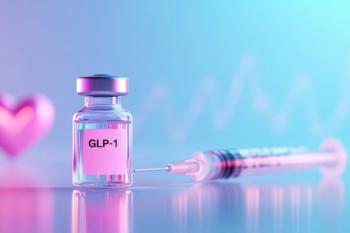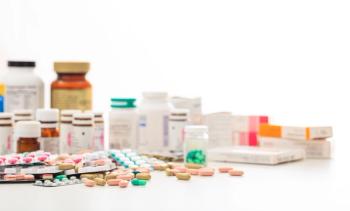
The Cost and Availability of Naloxone Pre- and Post-OTC Authorization
A secret shopper survey study investigates how an FDA approval impacts patient access to a medication used to combat drug opioid overdose.
As many may be aware, opioid overdose is an extremely serious health concern in the United States—from December 2021 to December 2022, there were nearly 83,000 deaths due to drug overdoses.1
In order to reverse these overdoses and get the individual breathing again, naloxone is often used. As of March 2023, it can now be accessed at pharmacies via ways other than a prescription written by a clinician; also during that same time, the FDA approved Narcan (by Emergent BioSolutions), a nasal spray version of naloxone, for sale as an over-the-counter (OTC) product.2
Although policies exist that intended to increase access to naloxone, there are still reported issues related to availability. Keeping this in mind, a longitudinal secret shopper survey study published in JAMA Health Forum3 sought to determine whether naloxone access and cost at North Carolina pharmacies changed after naloxone became available for OTC sale.
Secret shopper studies often involve people posing as patients in order to measure access to care—in this particular telephone-based study, data were gathered in two phases. The first phase was from March to April 2023 (prior to OTC naloxone availability), while the second phase ran from November 2023 to January 2024 (after OTC naloxone was officially available).
Investigators featured a sample of 202 North Carolina community pharmacies, consisting of health department, chain, and independent pharmacies. For the pre-OTC phase, all of the secret shoppers used a standardized script that was based on a previous 2019 North Carolina secret shopper study script, while in the post-OTC phase, the script was adjusted after receiving based on feedback from a community expert advisory panel. Per the panel’s advice, questions related to increasing the understanding of OTC naloxone implementation—along with where specifically naloxone is located within that pharmacy—were added.
After 10 pharmacies were considered unreachable, data were gathered from a total of 192 pharmacies, represented by eight health department pharmacies, 87 independent pharmacies, and 97 chain pharmacies.
Results indicated that same-day naloxone availability increased from 42.2% (81 of 192) before OTC naloxone availability to 57.8% (111 of 192) after (P < .001). The mean (SD) quoted out-of-pocket (OOP) cost decreased from $90.93 ($42.6) pre-OTC availability to $62.67 ($41.0) post-OTC availability (P < .001).
Independent pharmacies had higher mean (SD) costs compared to chain pharmacies in both the pre-OTC phase ($109.47 [$37.90] vs $86.40 [$35.70]; P < .001) and post-OTC phase ($77.59 [$38.90] vs $57.74 [$35.90]; P = .004). Although OOP costs did not vary by urbanicity in the pre-OTC phase, mean (SD) costs did end up being higher at suburban ($88.67 [$66.80]) and rural ($65.43 [$35.00]) pharmacies compared with urban pharmacies ($53.58 [$29.00]) in the post-OTC phase (P = .003).
As a result, the investigators concluded that, “The Food and Drug Administration’s approval of OTC naloxone nasal spray may have contributed to an increase in pharmacy-based availability of naloxone and a reduction of its cost at North Carolina pharmacies. This study found elevated out-of-pocket costs for naloxone at independent pharmacies compared with chain pharmacies and in rural and suburban pharmacies compared with urban pharmacies. Overall, future work should evaluate OTC naloxone pricing strategies at pharmacies and evaluate methods to increase its same-day availability.”
References
1. Ahmad FB, Cisewski JA, Rossen LM, Sutton P. Provisional drug overdose death counts. Accessed May 3, 2024.
2. Office of the Commissioner. FDA approves first over-the-counter naloxone nasal spray. Accessed January 31, 2024.
3. Marley GT, Annis IE, Egan KL, Delamater P, Carpenter DM. Naloxone Availability and Cost After Transition to an Over-the-Counter Product. JAMA Health Forum. 2024;5(7):e241920. doi:
Newsletter
Stay ahead in the life sciences industry with Pharmaceutical Commerce, the latest news, trends, and strategies in drug distribution, commercialization, and market access.





